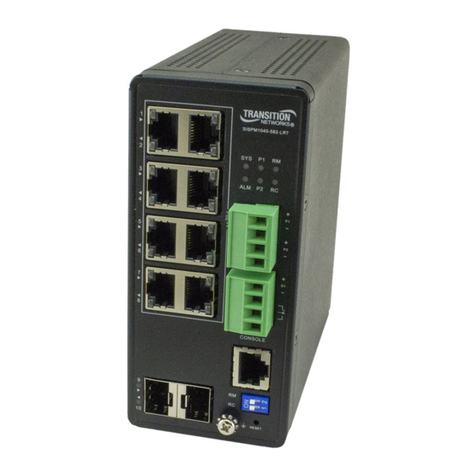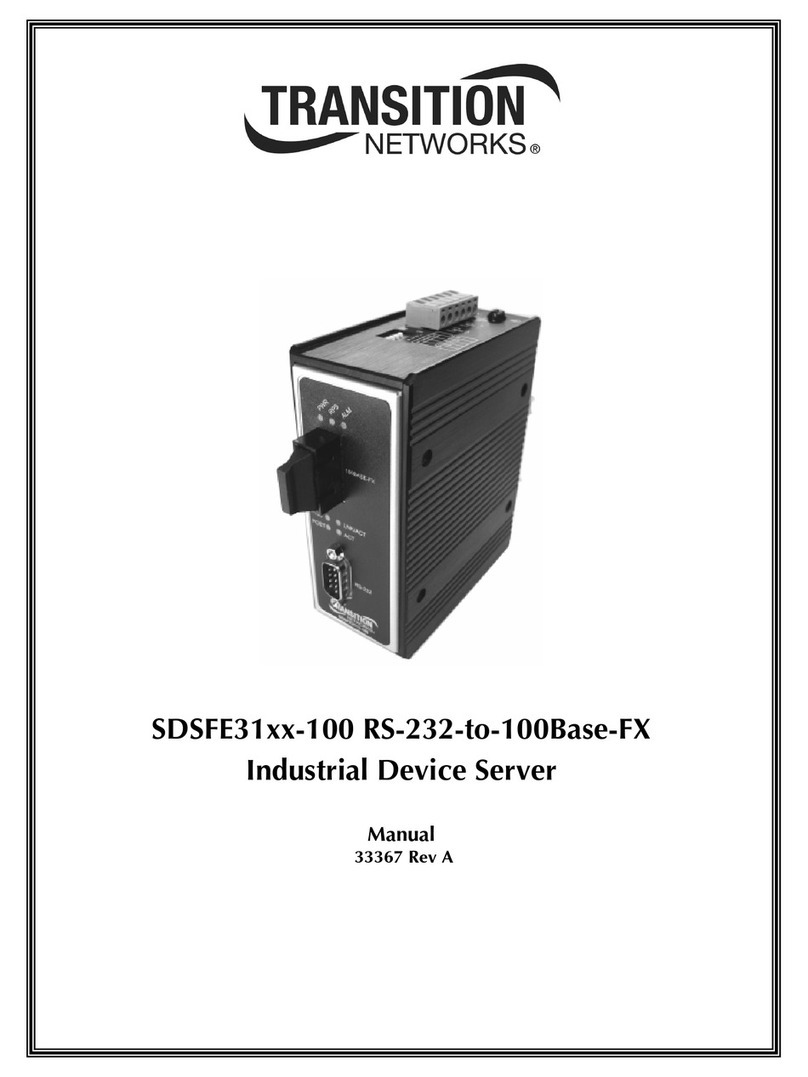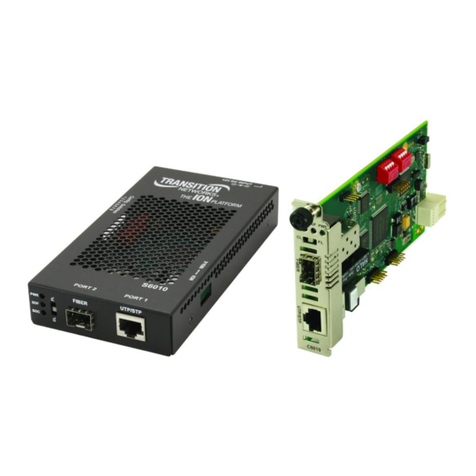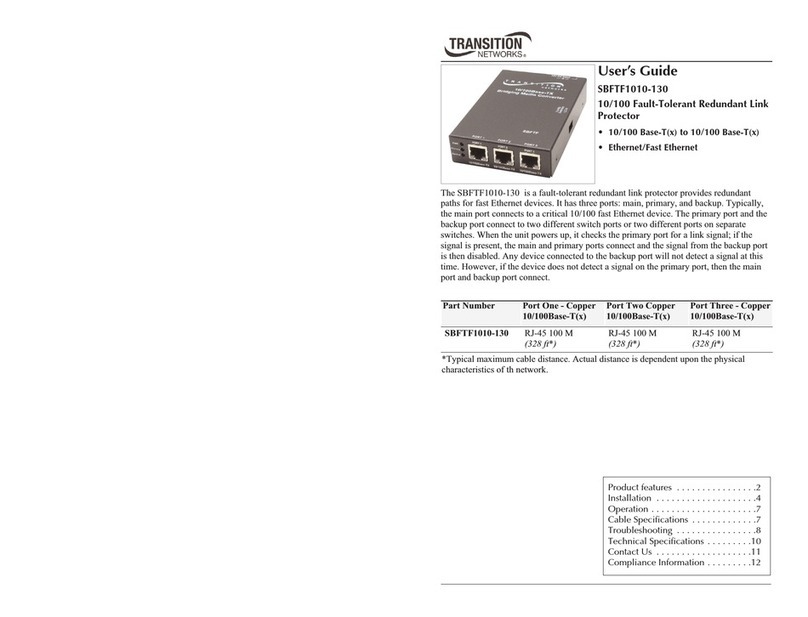Table of Contents
Preface . . . . . . . . . . . . . . . . . . . . . . . . . . . . . . . . . . . . . . . . . . . . . . . . . . . . iii
1. INTRODUCTION . . . . . . . . . . . . . . . . . . . . . . . . . . . . . . . . . . . . . . . . . . . . 1–1
1.1 About Bridges. . . . . . . . . . . . . . . . . . . . . . . . . . . . . . . . . . . . . . . . . . . 1–2
Store and Forward . . . . . . . . . . . . . . . . . . . . . . . . . . . . . . . . . . . . 1–4
Learn Addresses. . . . . . . . . . . . . . . . . . . . . . . . . . . . . . . . . . . . . . 1–6
Age Addresses . . . . . . . . . . . . . . . . . . . . . . . . . . . . . . . . . . . . . . . 1–8
Participate in “Spanning Tree” . . . . . . . . . . . . . . . . . . . . . . . . . . 1–10
1.2 The SwitchMaster™ Eight Segment Bridge. . . . . . . . . . . . . . . . . . . . 1–12
1.3 SwitchMasterFL Eight Segment Bridges . . . . . . . . . . . . . . . . . . . . . . 1–16
1.3 SwitchMaster™ Bridge X Slot Cards. . . . . . . . . . . . . . . . . . . . . . . . . 1–18
Full Duplex Ethernet X Slot Card . . . . . . . . . . . . . . . . . . . . . . . . 1–18
100BaseT X Slot Card. . . . . . . . . . . . . . . . . . . . . . . . . . . . . . . . . 1–19
2. SITE PLANNING . . . . . . . . . . . . . . . . . . . . . . . . . . . . . . . . . . . . . . . . . . . . . 2–1
2.1 Site Considerations. . . . . . . . . . . . . . . . . . . . . . . . . . . . . . . . . . . . . . . 2–1
2.2 Ethernet Network Considerations . . . . . . . . . . . . . . . . . . . . . . . . . . . .2–1
3. INSTALLATION . . . . . . . . . . . . . . . . . . . . . . . . . . . . . . . . . . . . . . . . . . . . .3–1
3.1 Unpacking the SwitchMaster™ Bridge . . . . . . . . . . . . . . . . . . . . . . . .3-1
3.2 Installing in Rack or on Table . . . . . . . . . . . . . . . . . . . . . . . . . . . . . . .3-2
Standard 19-Inch Rack Installation . . . . . . . . . . . . . . . . . . . . . . . . 3-2
Table-Top Installation. . . . . . . . . . . . . . . . . . . . . . . . . . . . . . . . . . 3-3
3.3 Connecting to Network . . . . . . . . . . . . . . . . . . . . . . . . . . . . . . . . . . . .3-4
Connecting to 10BaseT at RJ-45 Connectors. . . . . . . . . . . . . . . . . 3-4
Optionally Connecting the AUI . . . . . . . . . . . . . . . . . . . . . . . . . . 3-6
3.4 Connecting to Power . . . . . . . . . . . . . . . . . . . . . . . . . . . . . . . . . . . . . .3-7
4. OPERATION . . . . . . . . . . . . . . . . . . . . . . . . . . . . . . . . . . . . . . . . . . . . . . . .4–1
4.1 Power On/Power Off . . . . . . . . . . . . . . . . . . . . . . . . . . . . . . . . . . . . .4–1
4.2 Monitoring SwitchMaster™ Bridge Operation . . . . . . . . . . . . . . . . . .4-2
Monitoring Bridge Status LEDs during Operation . . . . . . . . . . . . . 4-2
Monitoring Segment Status LEDs. . . . . . . . . . . . . . . . . . . . . . . . . . 4-5
5. MAINTENANCE . . . . . . . . . . . . . . . . . . . . . . . . . . . . . . . . . . . . . . . . . . . . .5–1
i
EIGHT SEGMENT BRIDGE
































